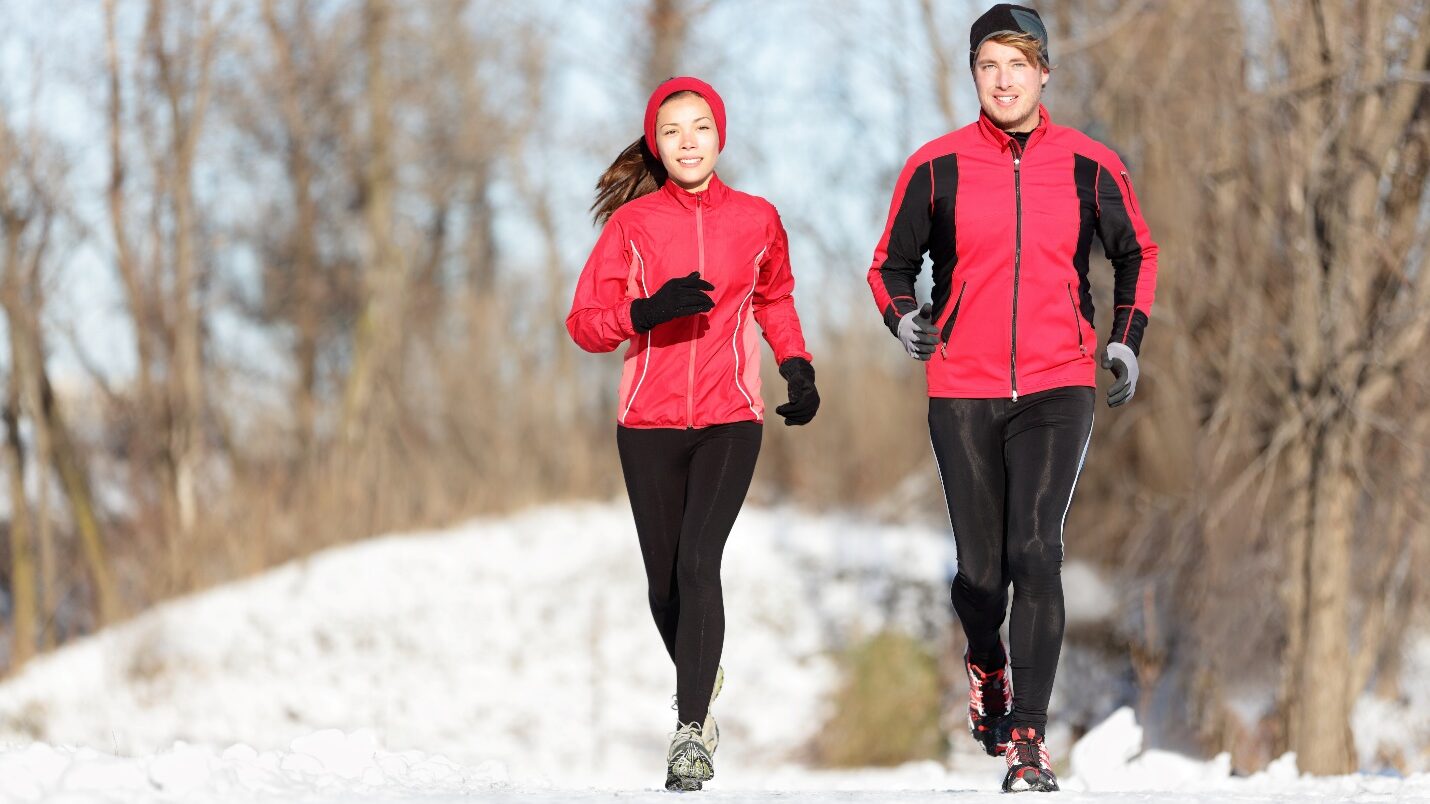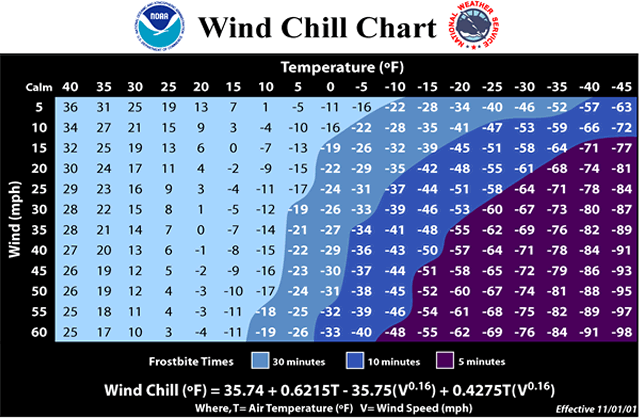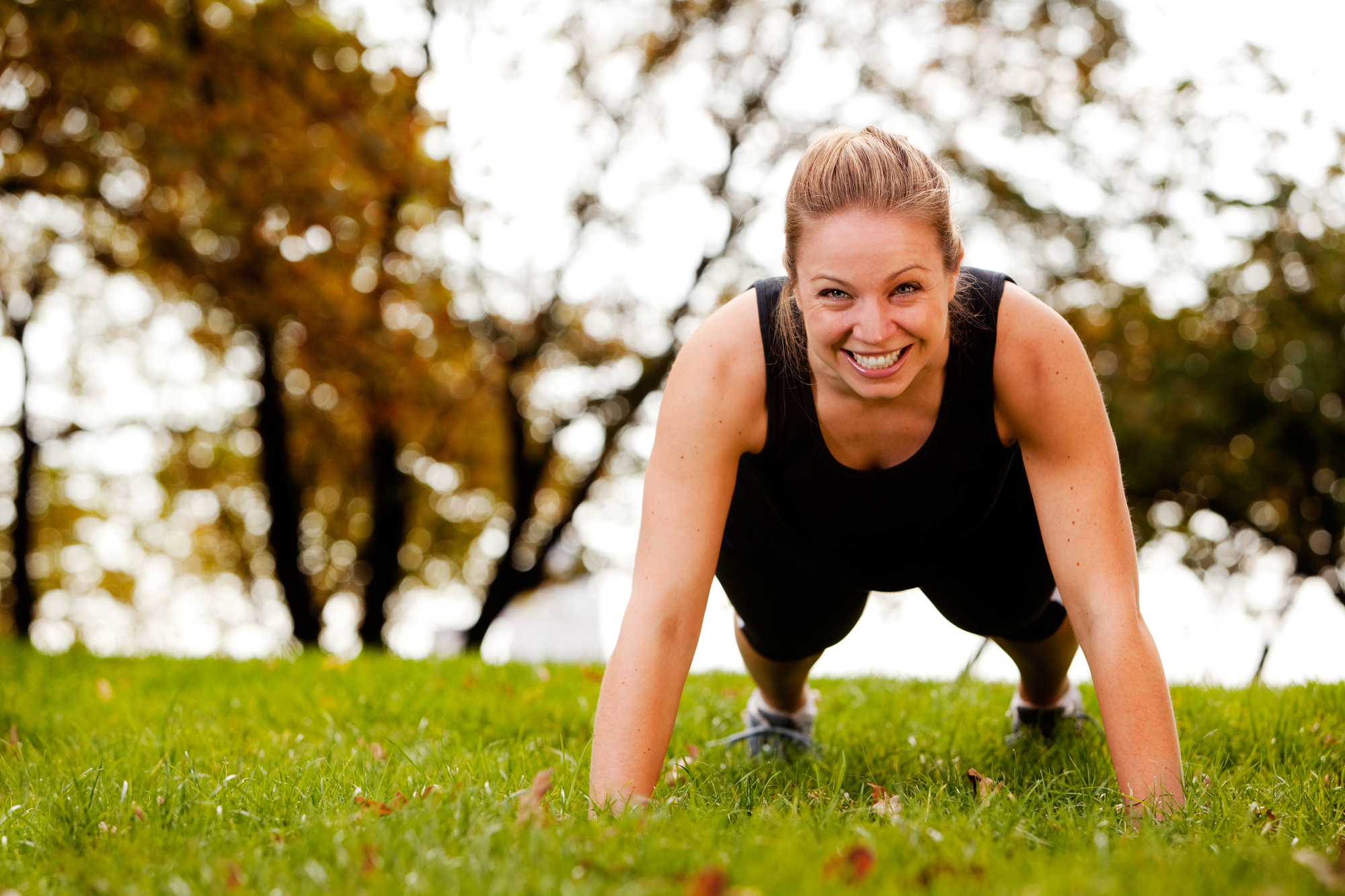 Have you ever wondered how safe it is to exercise outside in extreme cold? What can you do to make sure that you stay safe exercising when it’s cold?
Have you ever wondered how safe it is to exercise outside in extreme cold? What can you do to make sure that you stay safe exercising when it’s cold?
If you’re like me, you love getting outside to exercise. Going for a bike ride, run, or hike on clear blue sky days, being outside in nature with the birds and trees, can’t be beat.
But what if it’s 30, 20, or 10 degrees outside? Is exercising safe?
When you exercise in the cold, your safety depends on your understanding of the risks for exposure in cold weather. It is also imperative to know what to do if you find yourself losing body heat.
Here are 7 important questions about exercising in cold to consider.
The answers are incredibly important to know for your safety if you exercise in cold.
-
-
- How cold is too cold?
- What happens to your body when you exercise when its cold outside?
- What happens if you get too cold?
- What should you do if you get too cold?
- What steps should you take before you exercise in the cold?
- What steps should you take while you exercise in the cold?
- What steps should you take after you exercise in the cold?
-
1. How cold is too cold?

I’m sure you have heard the warnings given by meteorologists on your local newscast. They usually happen around January or February and sound something like “Tomorrow is going to be a cold one out there. Wind Chills nearing zero degrees all day.”
But, your coach has scheduled a run. Or you are supposed to go hiking with friends or your family. Or you are going on a bike ride that you have spent months training for. Or you just really want to be outside, being active.
What about your kids or grandkids or the sports team you coach?
Is it safe?
How cold is too cold to exercise outside? The National Weather Service has put together the chart below to let you know when it is indeed too cold to exercise. This chart is based on wind speed and temperature in Fahrenheit.

2. What happens to your body when you exercise in the cold?
- Your performance will go down. – When it’s cold outside, your body has to expend energy trying to warm up. This makes your body have to work harder than it is used to.
- Your training heart rate will go up. Your body is spending energy trying to heat your core, so at your normal pace, your heart rate will be higher.
- The amount of time you can exercise before exhaustion will go down. When your body cools down, your cardiovascular system, your heart, and lungs, need to work overtime to allow your body to heat itself. Because of this, a running, hiking, or cycling pace that you are used to will be harder and more strenuous in the cold.
- Your Vo2Max goes down. Vo2 Max is a measurement of how much oxygen your body can use. If your body is working hard to warm itself, you will have less oxygen left over to work. So, once again…your regular pace will be harder in cold weather.
3. What happens if you get too cold?
There are 2 major problems that can happen when you get too cold. They are:
-
-
- Hypothermia
- Frostbite
-
I have included a chart from the CDC below that will give you all the symptoms of Hypothermia and Frostbite. It is important to recognize the symptoms of these conditions immediately so you can take appropriate action.
The chart will also explain what to do if you or someone you’re with has these symptoms.
FOR YOUR SAFETY: SAVE THIS CHART IN YOUR PHONE OR PRINT IT OUT FOR YOUR BACKPACK

4. What should you do if you get too cold?
Hypothermia and Frostbite are life-threatening and require emergency treatment as soon as possible. I cannot stress this enough.
If you think you (or anyone you are with) have a cold-related illness, CALL 911 BEFORE IT IS TOO LATE!
Then:
- Go inside if at all possible
- Remove any wet clothing
- Warm under layers of blankets or clothing
- Place areas potentially frostbitten body parts in warm (not hot water)
5. What steps should you take before you exercise in cold?
- Acclimate – Imagine for a second. It is in early November. You have spent months in beautiful springtime weather, hot summer weather, and cooler fall weather. And you wake up one morning to go for a run and it is 30 degrees outside. I’lI bet if feels a lot colder than when you go for a run in February and it is 30 degrees outside. Why? Because your body has not acclimated yet. Research has shown that you can teach your body how to handle cold. Exercising in cold for an hour a day for 10 days gets your body used to lower temperatures.
- Wear the right clothing – You want to wear clothing that breathes and allows sweat to evaporate from your skin. This means:
-
-
-
- Layers – Dressing in layers is the perfect combination of warm and breathable. Plus, it traps warm air between the layers.
- No Cotton – Cotton is very absorbent. It will hold onto your sweat and will not allow it to evaporate. Look for performance shirts made by companies like Under Armour or Nike.
- Wear a hat – Yes. You mother was right. You need to wear a hat when it is cold outside. Especially if you are bald (like me). You lose 10% of your heat from your head.
-
-
-
- Make sure you are hydrated – If you go into a workout in cold dehydrated, you will be starting from a deficit. You need to be hydrated at all times, so start out right. Drink 8-12oz an hour for three hours before you leave.
6. What steps should you take while you are exercising in cold weather?
-
-
- Slow down – As described above, when you exercise in cold, your body is spending a lot more energy trying to heat your core. So, even if you go at a slower pace than normal, your heart rate will still be elevated.
- Adjust your expectations. As mentioned above, your body needs to spend a lot of energy just to keep warm. You may not be able to go as far or as fast as you are used to. Be okay with that fact.
- Hydrate– As mentioned above, you should consume 1 liter of liquids per hour while exercising in cold. Should you drink water or a sports drink? If you are exercising for longer than an hour, I would suggest using a sports drink. Why? Because when you sweat, you are not just losing water. You are losing sodium and electrolytes in your sweat. Sports drinks help replace those.
-
-
-
- Choose trails that will have other people on them – There is a bit of danger when you are exercising in cold and you want to be around other people in case you start to feel the effects of the cold. You don’t want to be on a deserted trail, without anyone around if you need help.
- Choose trails that will have cell phone service – Two of the conditions associated with cold, hypothermia, and frostbite are medical emergencies. If you start to have symptoms, the faster you can get help, the better off you will be. So, stay on trails that have cell service in case you need to call 911.
- Listen to your body – Your body will let you know if it has had enough. You might feel faint. You might feel nauseous or you just might feel like something is off.
-
7. What steps should you take after you exercise in cold?
-
-
- Warm yourself up – You need to warm-up. Go inside, into the heat. Take a hot shower or bath. Hop into a hot-tub. Do whatever you can to raise your core temperature.
- Change out of your workout clothes – When you have exercised hard outside for a while, chances are your base layer is going to be wet (with sweat). You will never warm up completely until you change. .
- Rehydrate — Drink 1 liter of water in the hour after your return home.
-
Conclusion
In cold weather, your body can lose heat faster than your body can produce it which can lead to serious health issues. When the weather is extremely cold, try to stay indoors.
Follow the safety steps outlined above, before, during, and after you exercise, and you will reduce your risk of hypothermia and frostbite.
But, if you ever think it’s too cold outside to exercise, don’t risk it. Stay home and stay safe.


